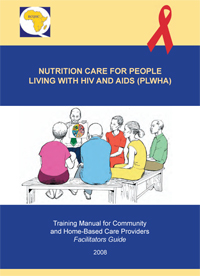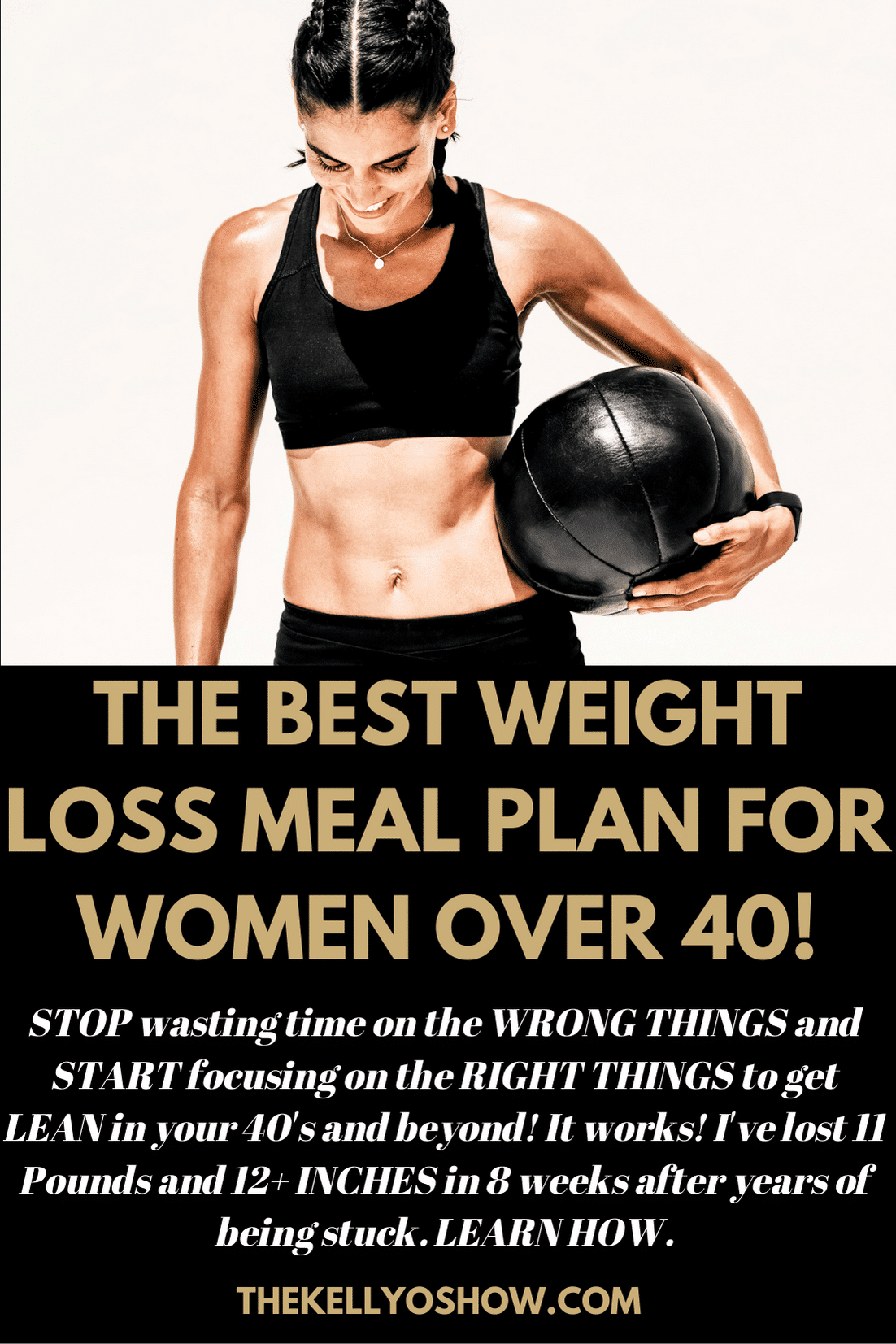
Hands-on activities are a great way to teach children about the different food groups. This is a wonderful way to get children involved in healthy eating and nutrition. Kim Vij (an educator) provided the inspiration for these ideas. She shares some tips and tricks to teach children about the different food categories. Continue reading to learn more. Is your child avoiding the foods in their plate? Try these ideas. These tips will encourage your class to eat healthier and make them more aware of the importance of healthy eating.
A fun activity is to make fruit-shaped models out of different food groups and run to the MyPlate container or bucket. Next, tag the person behind you. Keep going until everyone has one bag of each food group. Once everyone has looked through the bags thoroughly, they can then review which foods belong in each bucket. As the game progresses, the children will become more familiar with each category of food. These activities can be used as a way to introduce children to the different food groups and encourage them to eat healthy.
Many fun online activities for children related to food groups are available. These games encourage children to learn about the different food groups and are a great way to inspire new food choices. A simple game called vegetable bag will increase awareness among children. You can either use plastic or real veggies to play. Once they have had a chance to taste each vegetable, they will be able to identify which one is correct from the rest. If you don’t have enough plastic veggies, you can make a food collage using the plastic ones.

BINGO cards can be used to engage your preschooler with food group activities. Each card features images of snacks foods from the selected food group. This resource can be used to help your child learn healthy eating habits. This way, he or she will understand how to incorporate the food group into his or her daily diet. Some fun food group activities involve making edible art or recipes. They will be interested in the process of making these foods and eating them as a healthy treat.
Creating menus is another great way to teach kids about the various food groups. You could ask them to write each item down on a piece if paper and then let the kids make the decisions. Remember to include some of the food groups you teach them, including fruits and vegetables. MyPlate can be used to guide them through food group activities if you don't wish to teach the foods. If you're teaching students about food groups, for example, they'll be learning how important they are to their overall health.
FAQ
What's the difference between a virus & a bacterium?
A virus is an organism microscopic that can't reproduce outside its host cells. A bacterium is an organism that splits itself in two. Viruses are small, around 20 nanometers in size. Bacteria are much larger, at 1 micron.
Viruses are usually spread through contact with infected bodily fluids, including saliva, urine, semen, vaginal secretions, pus, and feces. Bacteria can be spread by direct contact with infected objects and surfaces.
Viruses may enter the body through cuts, scrapes. bites, or any other break in the skin. They may also get into the body through the nose and mouth, eyes, ears or rectum.
Bacteria can enter the body through wounds. They can also be introduced to our bodies by food, water and soil.
Both bacteria and viruses cause illness. But viruses do not have the ability to multiply within their hosts. Viral infections can only cause diseases in living cells.
Bacteria can multiply within their hosts and cause illness. They can even invade other parts of the body. We need antibiotics to get rid of them.
How to measure bodyfat?
A Body Fat Analyzer (BFA) is the best method to measure bodyfat. These devices are used to measure body fat for people who want weight loss.
What is the best food for me?
Many factors influence which diet is best for you. These include your age, gender and weight. Also, consider your energy expenditure, whether you prefer low-calorie food, and whether you enjoy eating fruits or vegetables.
Intermittent fasting might be an option for you if your goal is to lose weight. Intermittent fasting involves consuming only specific meals throughout the day, rather than having three large meals. This method may work better than traditional diets which include daily calorie counts.
Some studies suggest that intermittent fasting may improve insulin sensitivity and reduce inflammation, which can lead to improved blood sugar levels and reduced risk of diabetes. Intermittent fasting has been shown to promote fat loss as well as improve overall body composition.
Do I need to count calories
You may be wondering "what is the best diet for you?" or "is counting calories necessary?" The answer is dependent on several factors like your current health status, personal goals, your lifestyle, and your preferences.
The Best Diet For Me: Which One Is Right?
My personal health, goals and preferences as well as my lifestyle determine which diet is best for me. There are many diets out there, some good and some bad. Some diets work better than others. So what do I do? How do I make the right decision?
This article aims at answering these questions. This article begins with a brief overview of the various types of diets that are available today. The pros and cons of each diet are then discussed. Finally, we'll look into how to choose the best one for you.
Let's look at some of the main types of diets to get started.
Diet Types
There are three main types of diets: low fat, high protein, and ketogenic. Let's talk about them briefly.
Low Fat Diets
A low fat diet is a diet that restricts the amount of fats consumed. This is achieved through reducing intakes of saturated fats (butter and cream cheese, for example). You can replace them with unsaturated oils (olive oil and avocados) Low fat diets are often recommended to those who wish to lose weight quickly. This diet can cause constipation, heartburn, and stomach problems. If a person doesn’t receive enough vitamins from their foods, this can lead to vitamin deficiency.
High Protein Diets
High-protein diets limit carbohydrates and favor proteins. These diets have higher protein levels than other diets. These diets are meant to increase muscle mass, and burn more calories. Unfortunately, they can't provide adequate nutrition for those who eat regularly. They are not suitable for all people because they can be restrictive.
Ketogenic Diets
Also known as keto diets, ketogenic diets are also called keto diets. They are high on fat but low in carbs and proteins. These foods are popular among athletes and bodybuilders as they allow them to train harder, longer and without becoming tired. However, they must be used with caution to avoid nausea, headaches and fatigue.
Statistics
- WHO recommends reducing saturated fats to less than 10% of total energy intake; reducing trans-fats to less than 1% of total energy intake; and replacing both saturated fats and trans-fats to unsaturated fats. (who.int)
- Extra virgin olive oil may benefit heart health, as people who consume it have a lower risk for dying from heart attacks and strokes according to some evidence (57Trusted Source (healthline.com)
- This article received 11 testimonials and 86% of readers who voted found it helpful, earning it our reader-approved status. (wikihow.com)
- According to the Physical Activity Guidelines for Americans, we should strive for at least 150 minutes of moderate intensity activity each week (54Trusted Source Smoking, harmful use of drugs, and alcohol abuse can all seriously negatively affect your health. (healthline.com)
External Links
How To
What does the word "vitamin" mean?
Vitamins are organic compounds found naturally in food. Vitamins allow us to absorb nutrients from food. Vitamins are not made by the body, so they must be obtained through food.
There are two types if vitamins: water soluble, and fat soluble. Water-soluble vitamins dissolve quickly in water. Vitamin C,B1(thiamine), B2 (2riboflavin), and B3 (3niacin), as well as vitamin C,B1, B2 (riboflavin), and B3 (niacin), vitamin B6 (pyridoxine), vitamin folic acid (biotin), pantothenic, and choline are examples. Fat-soluble vitamins are stored in the liver, fatty tissue and kidneys. Some examples include vitamin D and E, K, A and beta carotene.
Vitamins are classified according to their biological activity. There are eight major types of vitamins:
-
A - vital for healthy growth.
-
C - vital for proper nerve function, and energy production.
-
D - Essential for healthy teeth and bones.
-
E is necessary for good vision, reproduction.
-
K - Required for healthy nerves and muscles.
-
P - essential for strong bones, teeth and tendons
-
Q - aids digestion, absorption and absorption iron
-
R – Required for the formation of red blood vessels.
The recommended daily allowance (RDA) of vitamins varies depending on age, gender, and physical condition. RDA values are set by the U.S. Food and Drug Administration (FDA).
For adults 19 years and over, the RDA of vitamin A is 400mg per day. Because it is essential for the development of the fetus, pregnant women should consume 600 micrograms per daily. Children ages 1-8 require 900 micrograms per day. For infants younger than one year, 700 micrograms are required daily. However, this number drops to 500 micrograms each day for children aged 9-12 months.
Children between the ages 1--18 years old who are overweight or obese require 800 micrograms per Day, while those who are overweight or obese need 1000 micrograms. To meet their nutritional needs, children underweight and obese require 1200 micrograms a day.
2200 mg of vitamin A per day is required for children aged 4-8 who have been diagnosed by anemia.
2000 micrograms are required daily for good health in adults over 50. Due to their increased nutrient needs, pregnant and breastfeeding women need 3000 micrograms daily.
Adults over 70 need 1500 micrograms daily, as they lose 10% of their muscle every ten years.
Women who have been pregnant or are lactating require more than the RDA. Pregnant woman need 4000 micrograms daily in pregnancy, and 2500 per day after childbirth. Breastfeeding moms need 5000 micrograms each day when breastmilk production occurs.